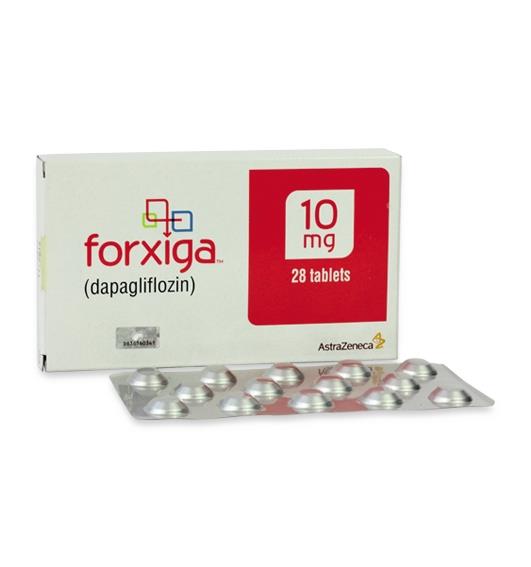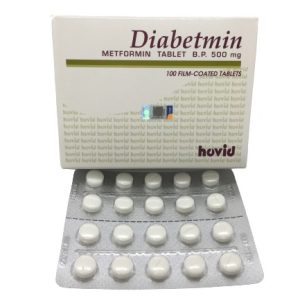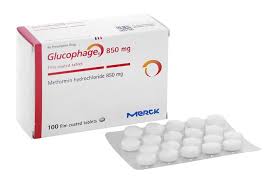Description
Type 2 diabetes mellitus: FORXIGA is indicated in adults with type 2 diabetes mellitus to improve glycemic control as an adjunct to diet and exercise. FORXIGA can be given as monotherapy or in combination with other medicinal products indicated for the treatment of type 2 diabetes mellitus.
For study results with respect to combination of therapies, effects on glycemic control and cardiovascular events, and the populations studied, see Precautions, Interactions and Pharmacology: Pharmacodynamics under Actions.
Heart failure: FORXIGA is indicated as an adjunct to standard therapy to reduce the risk of cardiovascular death and hospitalization for heart failure in adult patients with chronic heart failure (NYHA class II-IV) with reduced ejection fraction (left ventricular ejection fraction of ≤40%) (see Pharmacology: Pharmacodynamics under Actions).
Chronic kidney disease: FORXIGA is indicated as an adjunct to standard therapy to reduce the risk of sustained eGFR decline, end-stage kidney disease, and cardiovascular (CV) death in adults with chronic kidney disease at risk of progression.
Heart failure: The recommended dose of FORXIGA is 10 mg taken orally once daily at any time of the day regardless of meals.
FORXIGA can be used in conjunction with other heart failure therapies.
Chronic kidney disease: The recommended dose of FORXIGA is 10 mg taken orally once daily at any time of the day regardless of meals. In the DAPA-CKD study, FORXIGA was administered in conjunction with other chronic kidney disease therapies.
Special populations: Patients with renal impairment: No dosage adjustment is required based on renal function.
Due to limited experience, it is not recommended to initiate treatment with FORXIGA in patients with GFR < 25 mL/min, however patients may continue 10 mg orally once daily to reduce the risk of eGFR decline, end-stage kidney disease and CV death.
The glucose lowering efficacy of FORXIGA is reduced in patients with eGFR <45 mL/min/1.73m2 (see Precautions and Pharmacology: Pharmacodynamics under Actions). Therefore, if eGFR falls below 45 mL/min/1.73m2, additional glucose lowering treatment should be considered in patients with diabetes mellitus.
Patients with hepatic impairment: No dosage adjustment for FORXIGA is necessary for patients with mild and moderate hepatic impairment.






